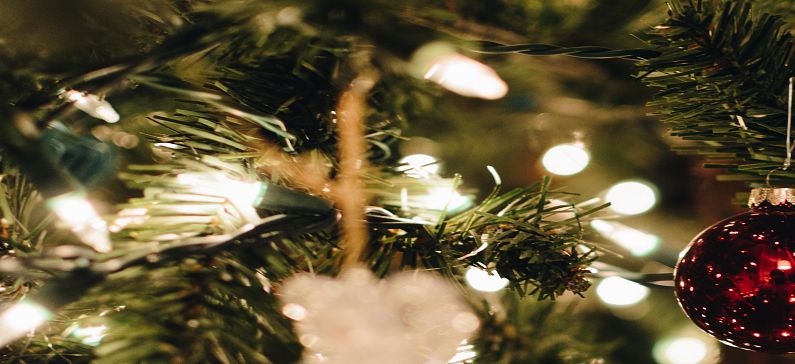
Christmas traditions in eastern Macedonia and Thrace
The younger people in Eastern Macedonia and Thrace keep alive the Christmas and New Year’s traditions brought to them by their grandparents.
The festive season of Christmas and New Year is an opportunity for many people, especially for the descendants of refugees that settled in eastern Macedonia and Thrace, to keep alive the traditions of their ancestors and to carry them on, unaltered, from generation to generation.
In the city of Kavala, many residents still retain some of the traditions that people from Eastern Thrace have brought with them, such as the breaking of the pomegranate in front of the entrance of the house for good luck, but also the transfer of a stone – usually by the smallest member of the family – inside the house in order to have a solid home and a solid family in the new year. Also, many families cook for the Christmas lunch a spleen stuffed with minced meat and rice and pine nuts, a traditional food cooked mainly by housewives in Myriophytos of Eastern Thrace.
In the municipal community Myrtofytou of the municipality of Paggaion, on the eve of New Year’s Eve, boys who will leave to be soldiers in the new year to gather large stacks of wood in the square. On the eve of the new year, a stunning fire will light up, as they sing the carols. At exactly twelve, with the sound of the church clock, a traditional feast with tsipouro and sweets begins.
In the municipal community of Podohori in the municipality of Paggaion, on the first day of each new year, the traditions is that the youngest children visit all the houses of the settlement by entering them with their right leg, say wishes to the housewives of the house and accept sweets and gifts.
On the island of Thassos, the families keep a very old tradition, the “spordisma” of the leaves. They all sit around the burning fireplace, pull the charcoals out and throw around the lighted charcoal, olive leaves, putting in their mind a wish, but not telling others.The owner of the leaf that turns the most, he will have his wish granted.
In the Christmas Eve, another custom revives in the city of Kavala and in the settlement of Nea Karvali. It is the visit of Cappadoci Santa Claus, who completed his long journey from Caesarea to the folk village of Akontisma, where he will stay until the last day of the year.
Finally, in Avdira, Xanthi, on New Year’s Eve, some housewives do not make vasilopita, but they open phyllo pastry and make a pie with leek, mince and spice cumin. In the pie they put the lucky coin or “flouri”. The pie is baked in a traditional baking dish, called sini.







